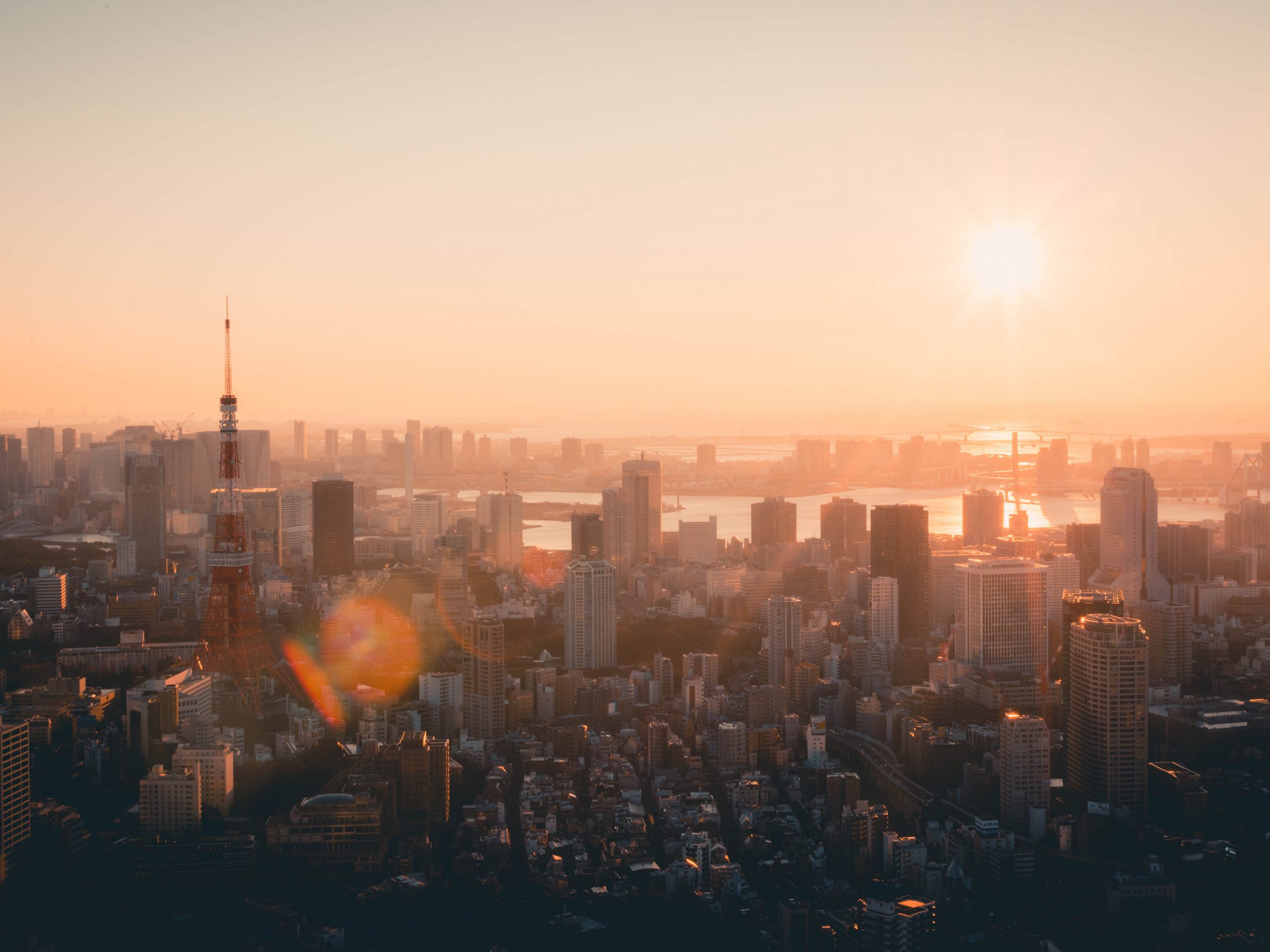
- Temperatures during the Tokyo Olympics are projected to rise to cautionary levels.
- Some project that this year’s Olympics will be the hottest on record.
- The “Tokyo 2020 Cooling Project” was established to help protect the athletes from extreme heat.
- Visit Insider’s homepage for more stories.
Japan is set to have one of its hottest summers on record this year, just in time for the entire world to join in on the heat at this year’s Summer Olympics in Tokyo, Japan.
The projected temperatures have become a major concern for competing athletes, particularly those that participate in outdoor events.
Tokyo 2020 advisor Makoto Yokohari, a professor of environment and urban planning at the University of Tokyo, found that Tokyo’s average temperatures in late July and early August are the highest for any host city going back to 1984, according to Jack Tarrant of Reuters.
“When it comes to heat stress or heatstroke, the problem is not only the temperature but also the humidity as well,” Yokohari told Reuters. “When you can combine these two … Tokyo is the worst in history.”
The last time Tokyo hosted the Summer Olympics in 1964, officials moved the games to October due to similar concerns over the heat. Yokohari believes that many of the concerns over heat could have been avoided this year if the Games were also pushed back to the fall. However, the IOC and Japanese government remain intent on having the games start on July 23.
Tarrant also believes that Tokyo could be just the first of many future Games to be impacted by dangerous heat levels due to ongoing climate change.
Athletes could be susceptible to heatstroke.
Heatstroke will be the biggest weather-related threat to participants. Heatstroke is a condition caused by prolonged exposure to high temperatures and humidity with little to no wind and can result in fainting, seizures, or general exhaustion. Severe cases of heatstroke can even be fatal if not treated properly.
Intensive physical activity only accelerates the risk of heatstroke. Athletes participating in any track and field, cycling, triathlon, baseball/softball, rowing, soccer, or golf events, will be dealt with those risks during the Games.
The International Olympic Committee (IOC) has taken some steps to reduce the risk of heatstroke among some athletes, particularly those that participate in endurance-heavy events. In 2019, IOC president Thomas Bach pressured organizers to move the marathons and race walks north to the city of Sapporo. Other endurance events have seen a change in start time to ensure they take place during cooler times of the day.
Additional medical staff will be deployed within 50 miles of every marathon course, and there will be a greater deal of investment in providing an excess of clean water than in previous years. Other countermeasures include real and fake snow, cooling mist sprays, shading tents, and a reflective coating on roads and buildings.
The IOC also urges participating athletes to follow a set of guidelines that it released, outlining ways of combatting heatstroke.
George Havenith, an expert on the effects of temperature and climate on athletes at Britain's Loughborough University, told Henry Ridgewell of Voice of America that keeping athletes safe from the dangers of heatstroke will require even more countermeasures than what organizers are currently preparing.
"About 15 percent of athletes even in a cool environment have body temperatures above 40 degrees Celsius." But, when the temperature goes above 40 degrees Celsius, he said, more athletes could face heatstroke. "Having ice baths available for the athletes to cool them down quickly…it's very important to have that because if you decide to (take) them to the hospital before you do the cooling, you put them at risk."
Japan set summer heat records in 2019
Concerns about the heat during this year's Olympics date back to the summer of 2019 when Japan recorded its previous hottest summer on record. In July of that year, Japan recorded 57 deaths due to heatstroke, including the death of a construction worker who was laying cable outside of the building purposed as the Olympics media center, according to Rueters' Tarrant and Elaina Lies.
Temperatures in Tokyo never dipped below 31 degrees Celsius (88 Fahrenheit) from July 24 to August 8 of that year, the dates for this year's games.
In 2019, the expectation was that the Games would be played in 2020, but the COVID-19 pandemic forced the IOC and Japan to commit to a one-year delay.
Had the Games been played in 2020, it would have benefited from a dramatic reduction in average temperatures than in 2019. Last year's summer was much easier on Japan, as temperatures hovered around the 27-29 Celsius range (low 80s in Fahrenheit) with regular morning showers sprinkled in.
But thanks to the pandemic, the IOC missed out on what would have been a lucky break in terms of weather and will have to prepare for the hottest Olympics ever if they remain committed to not delaying the Games to the fall.